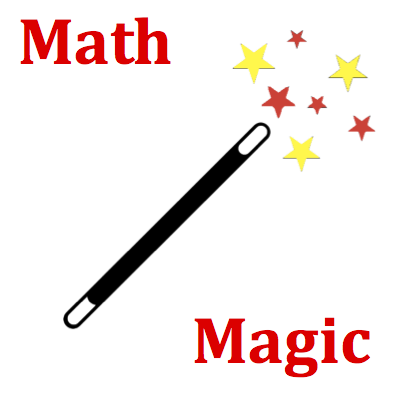Mission MC3 Impulse and Momentum Change Variables

A 60-kg object is moving at 20 m/s when a force brings the object to rest in 0.050 seconds. If the same object moving at the same initial speed was brought to rest in 0.50 seconds, then the required force would be ____, the resulting impulse would be ____ and resulting momentum change would be ____.

Momentum Change = m • ∆v

When a force is exerted upon an object in a collision, the object is said to have encountered an impulse. The impulse is simply the mathematical product of the force exerted on the object and the amount of time over which it was exerted. The impulse changes the object's momentum and is equal to the amount of momentum change.
or
F•t = m•∆v

Equations are more than mere recipes for algebraic problem-solving. They are useful guides to thinking about how an alteration in one variable affects other variables. The use of the equation F • t = m • ∆v to explain collisions is a perfect example of this. If a 60-kg object with a velocity of 20 m/s is brought to rest, then the momentum change is 1200 units. This 1200 units of momentum change will be the same regardless of whether the collision occurs with a brick wall or a large pile of popcorn. Thus, the right side of the equation is a constant 1200 units. And obviously, the left side of the equation must be a constant as well. Thus, F • t = 1200 units. The exact values of F and t are alterable, but the product must be 1200 units to stop a 60-kg object moving at 20 m/s. If the t is somehow increased (perhaps by colliding with a softer, popcorn-like surface), then the force will have to decrease in order to provide the same 1200 units of F • t. In fact, the factor by which the t increases will have to be the same as the factor by which the F decreases in order to obtain the same impulse (F • t) and momentum change (m • ∆v).
